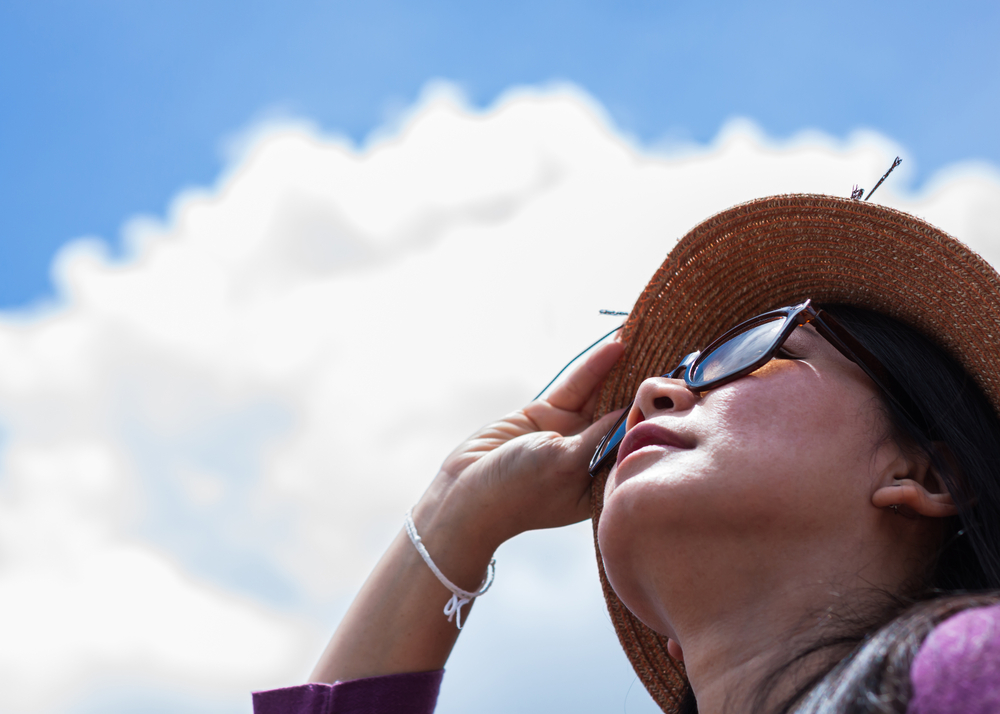
Blue light and UV rays are two types of light that can impact eye health in different ways. Prolonged exposure to blue light can contribute to digital eye strain, causing discomfort, headaches, and difficulty focusing. UV rays, on the other hand, are linked to more severe eye issues like cataracts and macular degeneration. Protecting your eyes from both sources through proper eyewear and mindful screen time can help maintain long-term eye health.
Understanding Blue Light and its Effects on the Eyes
Blue light is a high-energy, short-wavelength form of visible light that is emitted by digital screens, fluorescent and LED lighting, and even the sun. While blue light is not inherently harmful in moderation, prolonged exposure can lead to a variety of eye-related problems. These include:
• Digital Eye Strain: Blue light can cause eye fatigue, dry eyes, and headaches, leading to a condition known as digital eye strain or computer vision syndrome.
• Disrupted Sleep Patterns: Blue light exposure, especially in the evening, can disrupt the body's natural circadian rhythms, making it harder to fall asleep and stay asleep.
The Impact of Prolonged UV Ray Exposure on Eye Health
UV rays, which are invisible to the human eye, can also have a significant impact on your eye health. Prolonged exposure to UV rays can lead to the following issues:
· Photokeratitis: Also known as "welder's flash" or "snow blindness," this condition is caused by the acute exposure to UV rays, resulting in a painful, temporary inflammation of the cornea.
· Cataracts: UV ray exposure is a major risk factor for the development of cataracts, a clouding of the eye's lens that can lead to vision impairment and blindness.
· Pterygium: This is a growth of the conjunctiva (the clear tissue that covers the white part of the eye) that can extend onto the cornea, potentially causing vision problems.
· Age-Related Macular Degeneration: While the exact mechanisms are still being studied, some research suggests that blue light and UV ray exposure may contribute to the development of this leading cause of vision loss in older adults.
Eyewear Options for Maximum Protection Against Blue Light and UV Rays
When it comes to safeguarding your eyes from the harmful effects of blue light and UV rays, selecting the right eyewear is key. There are several options available to provide maximum protection, each designed to address specific concerns.
Blue light-blocking glasses are a popular choice for those who spend extended periods in front of digital screens. These glasses are equipped with special lenses that filter out a significant portion of blue light, helping to reduce the risk of digital eye strain, discomfort, and potential long-term eye damage.
For outdoor protection, UV-blocking sunglasses are essential. Sunglasses that offer comprehensive UVA and UVB protection can effectively shield your eyes from the sun's damaging UV rays, which can cause cataracts and other eye conditions. These sunglasses are beneficial even on cloudy days when UV rays can still penetrate.
If you wear prescription glasses, you can enhance your eye protection by opting for prescription lenses with built-in blue light and UV protection. These lenses provide a convenient, all-in-one solution to protect your eyes from both blue light and UV rays throughout the day, ensuring your vision stays clear and comfortable whether indoors or outdoors.
Lens Options for Maximum Protection Against Blue Light and UV Rays
When it comes to protecting your eyes, the type of lens you choose can make a significant difference. Here are some lens options to consider:
• Polycarbonate Lenses: These lightweight, impact-resistant lenses offer excellent protection against both blue light and UV rays.
• Photochromic Lenses: Also known as "transition lenses," these lenses automatically adjust their tint based on the level of UV exposure, providing optimal protection in various lighting conditions.
• Anti-Reflective Coatings: Adding an anti-reflective coating to your lenses can help reduce glare and eye strain, particularly when using digital devices.
Regular eye exams are crucial for maintaining your overall eye health and detecting any potential issues early on. Your optometrist can assess the condition of your eyes, identify any underlying conditions, and recommend the appropriate treatment or preventive measures. By staying proactive with your eye health, you can take the necessary steps to protect your vision and maintain optimal eye function.
Safeguarding Your Vision and Eye Health
By understanding the impact of these forms of light on your eye health, choosing the right eyewear and lens options, and prioritizing regular eye exams, you can safeguard your vision and enjoy a lifetime of clear, comfortable sight.
At Signature Eye Center, we are dedicated to providing comprehensive eye care solutions to help you protect your vision. We can assess your specific needs and recommend the best eyewear and lens options to shield your eyes from the harmful effects of blue light and UV rays. Visit our office in League City, Texas, or call (218) 337-3344 to book an appointment today.







